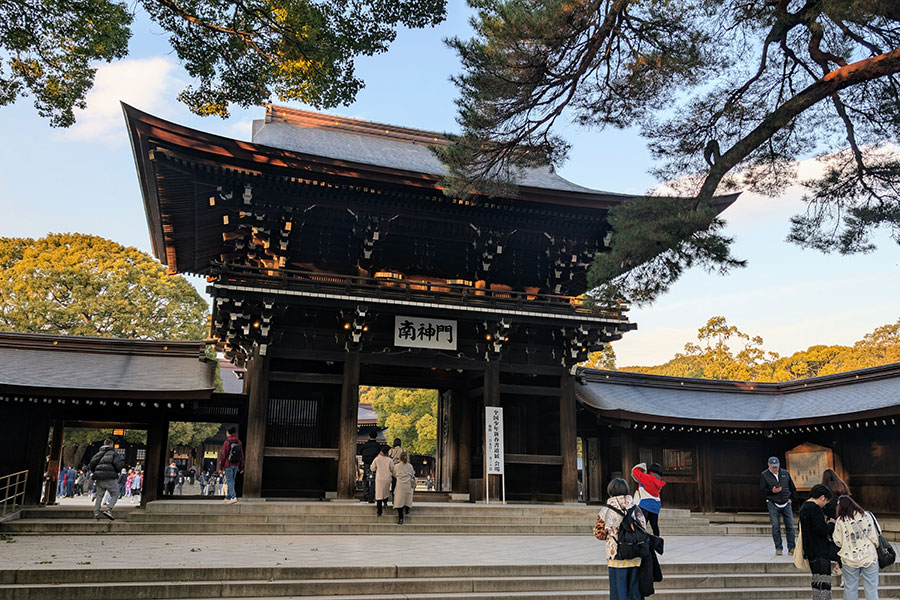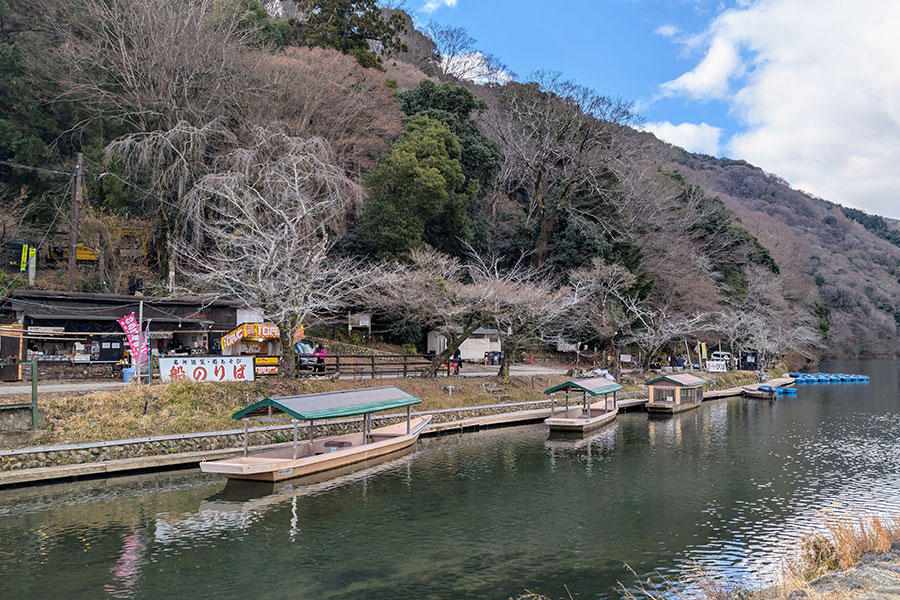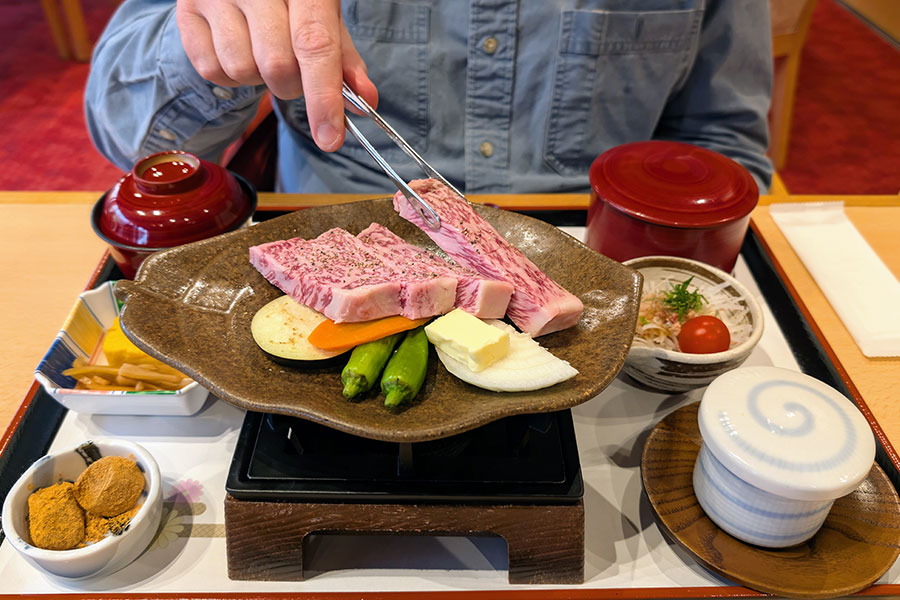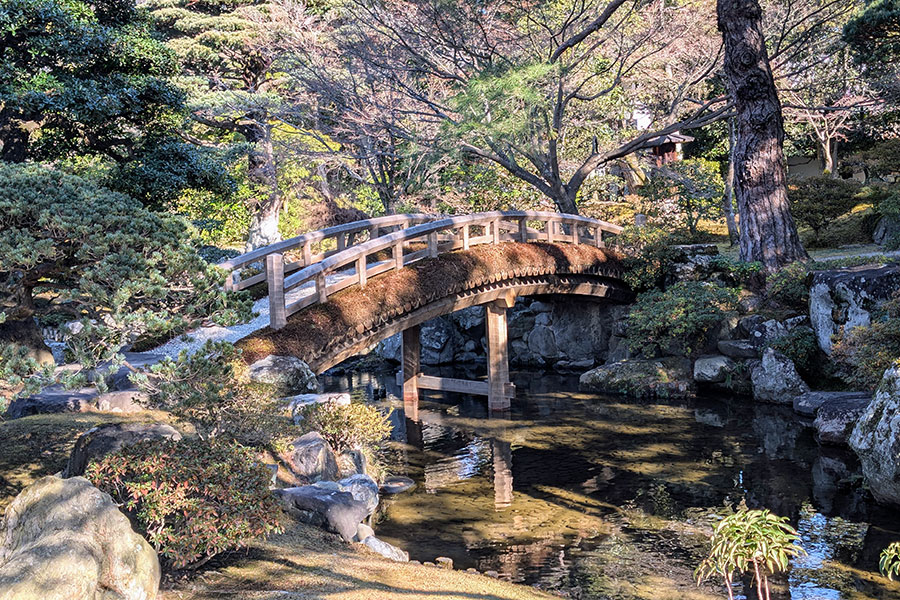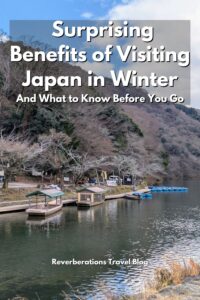Everyone dreams of visiting Japan during cherry blossom season… but what about winter? Despite concerns about cold and dreary weather, I decided to roll the dice and visit in January, hoping for fewer crowds, cheaper rates, and to attend the Grand Sumo Tournament in Tokyo. And I’m so glad I did! Japan in winter isn’t perfect, but it’s surprisingly rewarding and often overlooked by travelers.
In this post, I’m sharing some of the benefits and things to consider if you’re planning a trip to Japan’s Kanto and Kansai regions in the winter.
Why Visiting Japan in Winter Might Be the Best Choice
Fewer Tourists, More Breathing Room
Let’s be honest: the most popular tourist attractions will always have crowds. But it isn’t as difficult as you may think to find quiet moments at top attractions like Fushimi Inari and Tokyo Skytree.
To avoid the worst of the crowds, arrive early — especially in winter, when daylight hours are limited. Daylight is limited in the winter, so plan your day around sunrise. I typically ran into larger crowds at the end of the day than in the morning. Arriving early gives you some breathing room for those who hate crowds. Photographers will appreciate fewer crowds and an occasional beautiful sunrise.
A perfect example of this is the Kyoto Imperial Palace, which was beautifully serene in January compared to other packed city sites. My guide explains everything you need to know to visit.
Lower Prices on Flights & Hotels
Japan’s off-season for travel starts after the New Year rush. Airfare and hotel rates are generally lower. Winter in Japan is a great time to stretch your budget and find better deals. In addition, you’ll often have more flexibility, better availability, and fewer booking headaches. Keep in mind that popular spots, like Kyoto or Tokyo’s Shibuya neighborhood, will always be in demand.
Off-season can also be a great time to use travel points, especially for hotels and airfare that are dynamically priced. I used points and a Confirmable Suite Upgrade reward to stay in a luxurious suite at the InterContinental Osaka for free. (IHG credit card holders get the fourth night free on point stays!)
Cold Weather Makes the Food Even Better
While temperatures aren’t frigid, a little warm-up never hurt anyone. Local izakayas and ramen shops offer a cozy, fun atmosphere where you can stop in for a hot, flavorful meal. Winter meal standards like oden and nabe are hearty and warming.
Eating on the go? Enjoy some street eats like takoyaki or taiyaki. And don’t forget those drink vending machines, many of which offer hot beverages like tea, coffee, and milk tea.
Clear, Dry Weather — Especially in Tokyo & Osaka
During my trip to Japan, I was unprepared for the number of sunny days I experienced. And from the Hotel Indigo Tokyo Shibuya, I was able to get a clear view of Mount Fuji. (However, Fuji-san was elusive when I rode the Shinkansen.)
Tokyo, Osaka, and Kyoto are cities best seen on foot. And all of that clear weather makes for great outdoor exploring and day trips. Layering will allow you to enjoy your adventure all day long and soak up any sunshine that may appear.
Seasonal Traditions & Cultural Moments You’ll Miss in Spring
Visiting in winter lets you experience special traditions. Japan’s New Year celebrations typically extend into the first few days of January. But during my visit, many local businesses still had their New Year’s decorations on display, and shrines were offering new charms, many focusing on the Year of the Snake.
And a few weeks later, on Coming of Age Day, the streets were crowded with 20-year-olds in beautiful kimonos to celebrate with their families that they were finally adults in Japanese culture.
In addition to these holidays, there are special festivals and events, like the Ueno Toshogu Winter Peony Festival. If shopping is more your thing, keep an eye out for winter sales and Fukubukuro, lucky bags that contain surprises.
A Few Things You Should Know First
Shorter Daylight Hours Mean Tighter Itineraries
Winter means shorter days. On average, there are about ten to eleven hours in the Kanto and Kasai regions with sunset around 5 PM. Instead of seeing this as a challenge, use it to focus your plan. Enjoy outdoor sightseeing in the morning, and save indoor activities, like museums or shopping, for midday.
Layering Is Essential (But You Don’t Need to Overpack)
If you’re from a warm climate and not used to the cold, you may want to prepare. The name of the game is layers. For most, having a pair of gloves, a scarf, and a hat on hand — just in case — should be more than sufficient in the Tokyo/Osaka/Kyoto areas. It should be cold but not extreme, with temperatures ranging from mid-30s°F to mid-50s°F.
If Mother Nature throws a curveball, consider adding extra layers, such as Uniqlo’s HeatTech line or pocket hand warmers from convenience stores.
Some Attractions May Have Reduced Hours or Be Closed
While winter in Japan doesn’t have as many holidays as spring or summer, there are still a few to keep in mind. So it’s important, as always, to check ahead of time for operating hours and closures. Other attractions, like Himeji Castle, publish a forecast of daily anticipated crowds.
No Blossoms, But That’s Not a Bad Thing
With plants dormant for the winter, visitors turn their focus to other things. There’s a special serenity in winter that sharpens your attention. But don’t expect a flowerless Japan.
You are unlikely to see cherry blossoms from the most popular cherry tree varieties, but you’re not completely out of luck. There are early-blossoming cherries, like Kanzakura, as well as plum blossoms that you may see, weather permitting. Seeing these early blossoms when you aren’t expecting them is so much more special.
Should You Visit Japan in Winter?
It’s easy to get wrapped up in checking boxes and hitting hotspots while traveling. But Japan in winter is conducive to slower, more meaningful travel. The days are shorter, the air is chilly, but the sun is often out. Traveling to Japan in winter is the ideal time for a cozy experience while soaking in the local culture.
Have you visited Japan in the winter? I’d love to hear what surprised you or what you enjoyed most — drop your thoughts in the comments!
Save this post for later with Pinterest!
All photos and opinions are my own. This post contains affiliate links.
